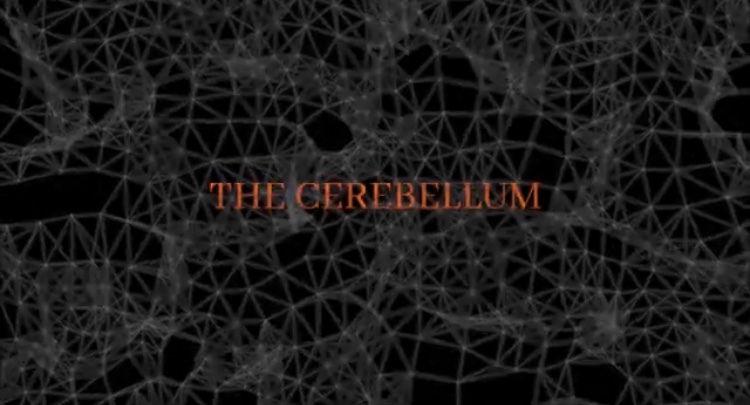
Cerebellum
It has mysterious functions (partly). It lives in the darkness, in the posterior cranial fossa. It turns on, hidden behind the great cerebral emispheres. It

It has mysterious functions (partly). It lives in the darkness, in the posterior cranial fossa. It turns on, hidden behind the great cerebral emispheres. It
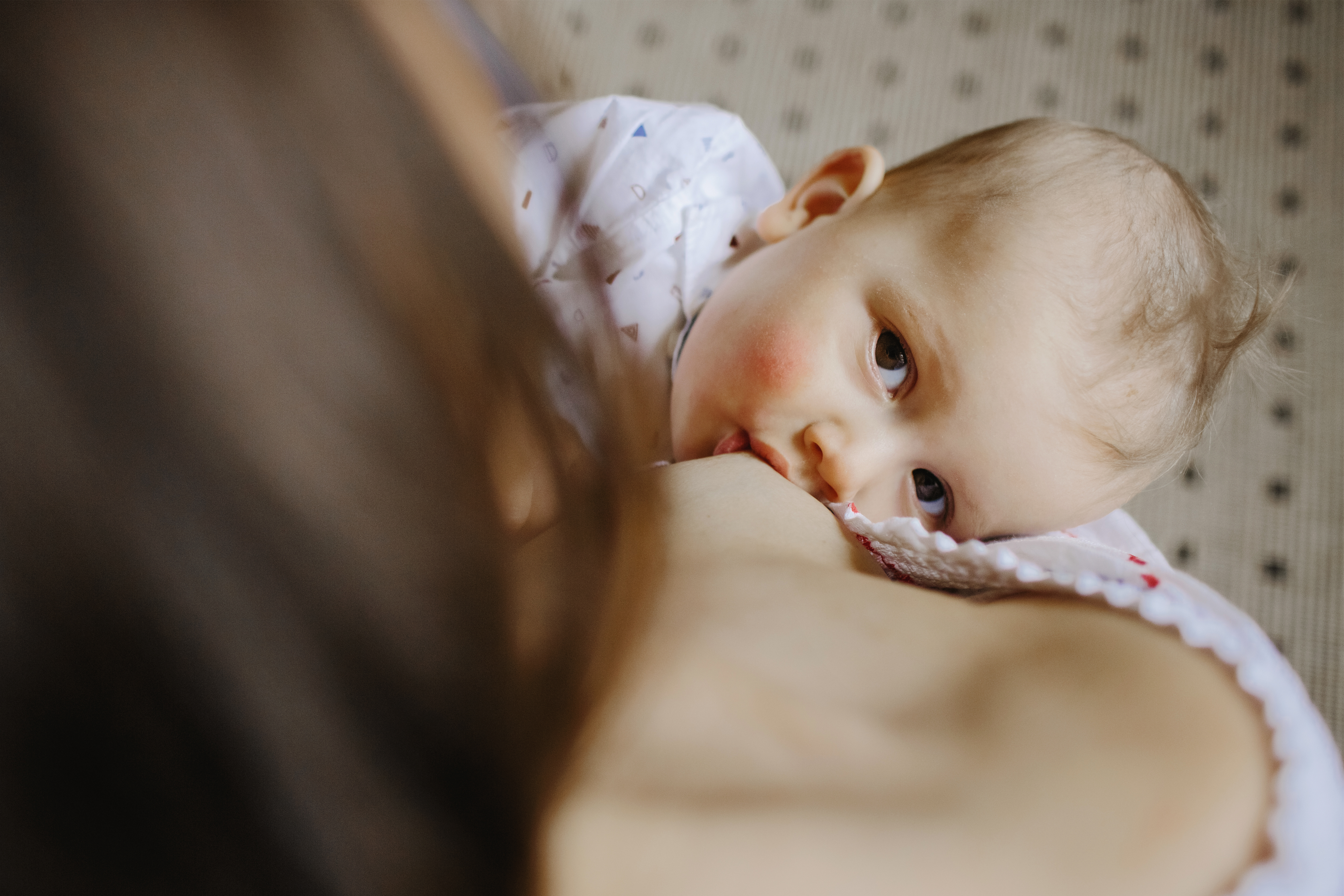
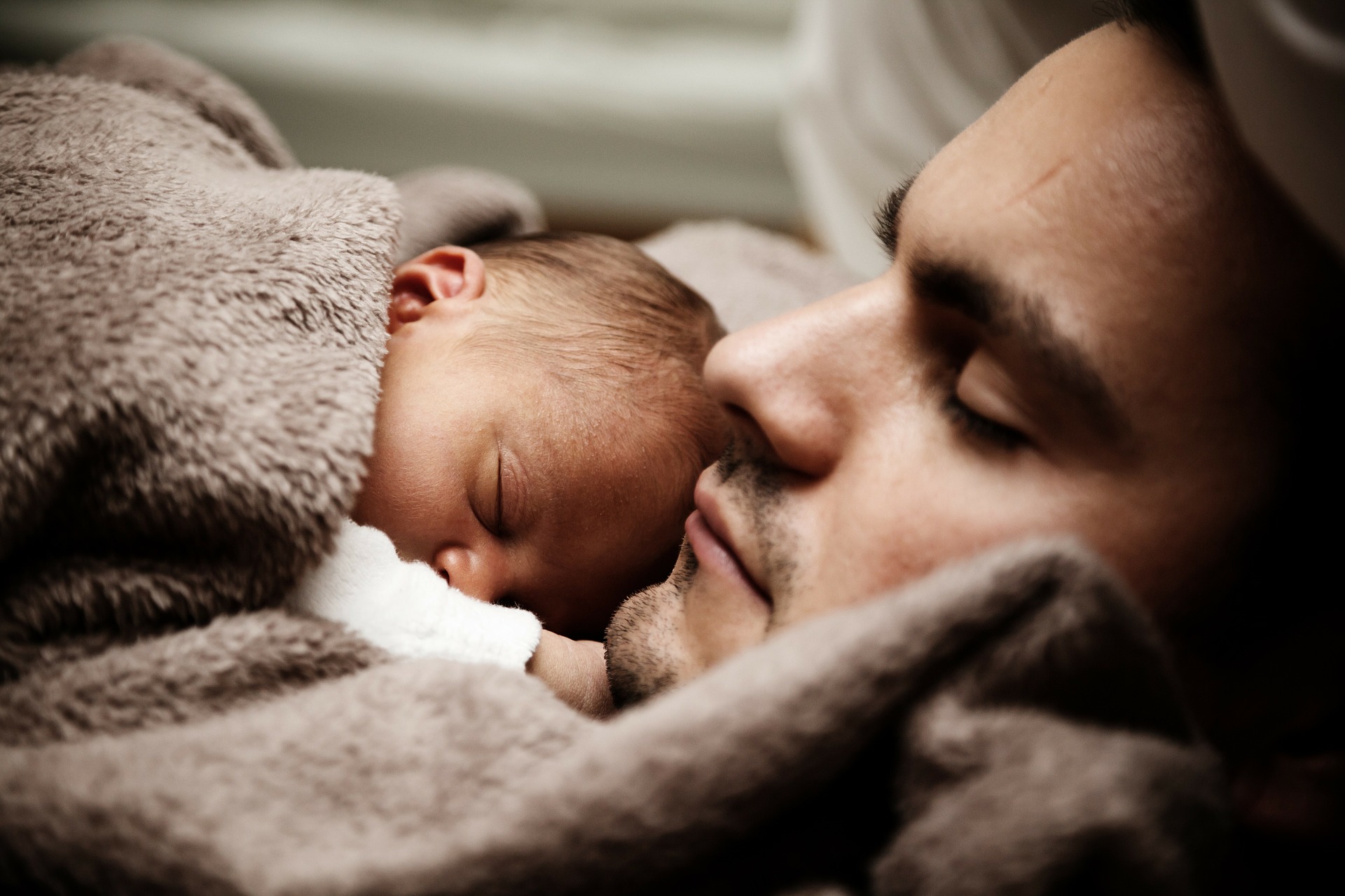
The hospitalization in Neonatal Intensive Care could include not very adequate sensory stimuli. These
sensory experiences interact with the newborn’s would-be typical psychomotor development.
Consequences could be suffered, moreover, by the process of “connectivity”, indeed all those connections
between neurons which allow brain’s functions.
From that comes the necessity to intervene already during hospital period to give a positive sensory
stimulation, like the Kangaroo Care ( newborn is put over mother’s belly, with head on the breast, just to
help breast-feeding, sensory inputs of multiple nature and the bond between child and parent ), the
Handling ( holding the little preterm baby in hands ) the Piomi method (a series of oral and perioral
sensorimotor stimulations which aim to optimize the feeding of the newborn ); all these positive inputs also
reduce negative ones’ range and effects.
With these concepts in mind it is possible to aim to a NIC’s continuous innovation supporting newborn’s
psychomotor development in short and in long term.
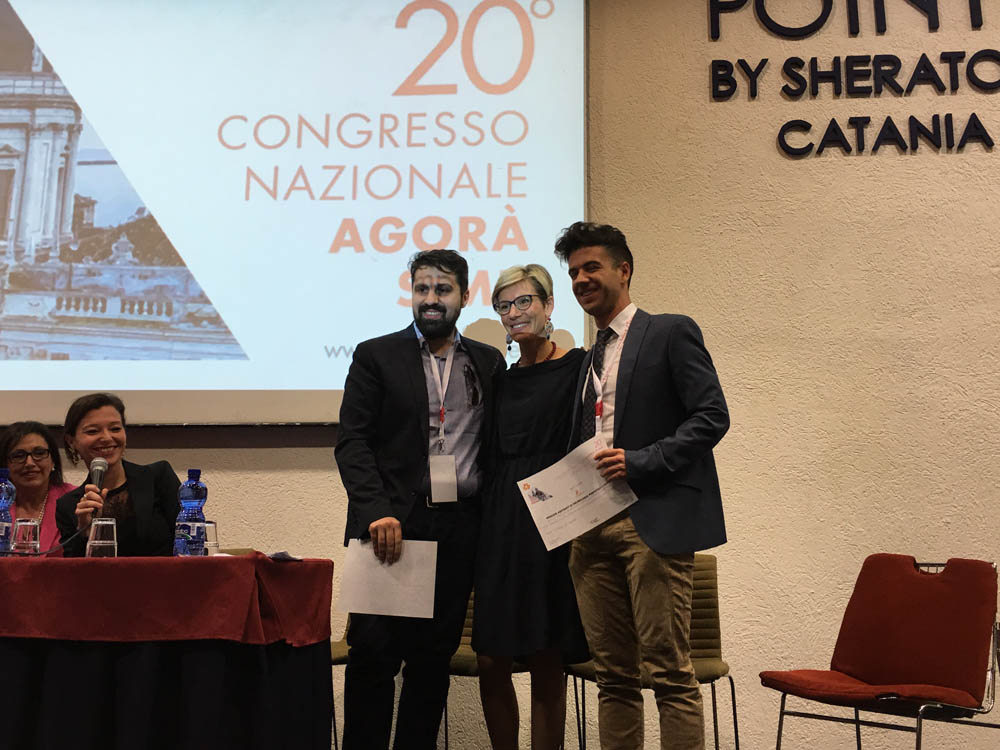
Eu-Brain, at the SIMP congress that was held in Catania in March 2018, awarded the best two scientific contributes on perinatal and neonatal neurology. Here
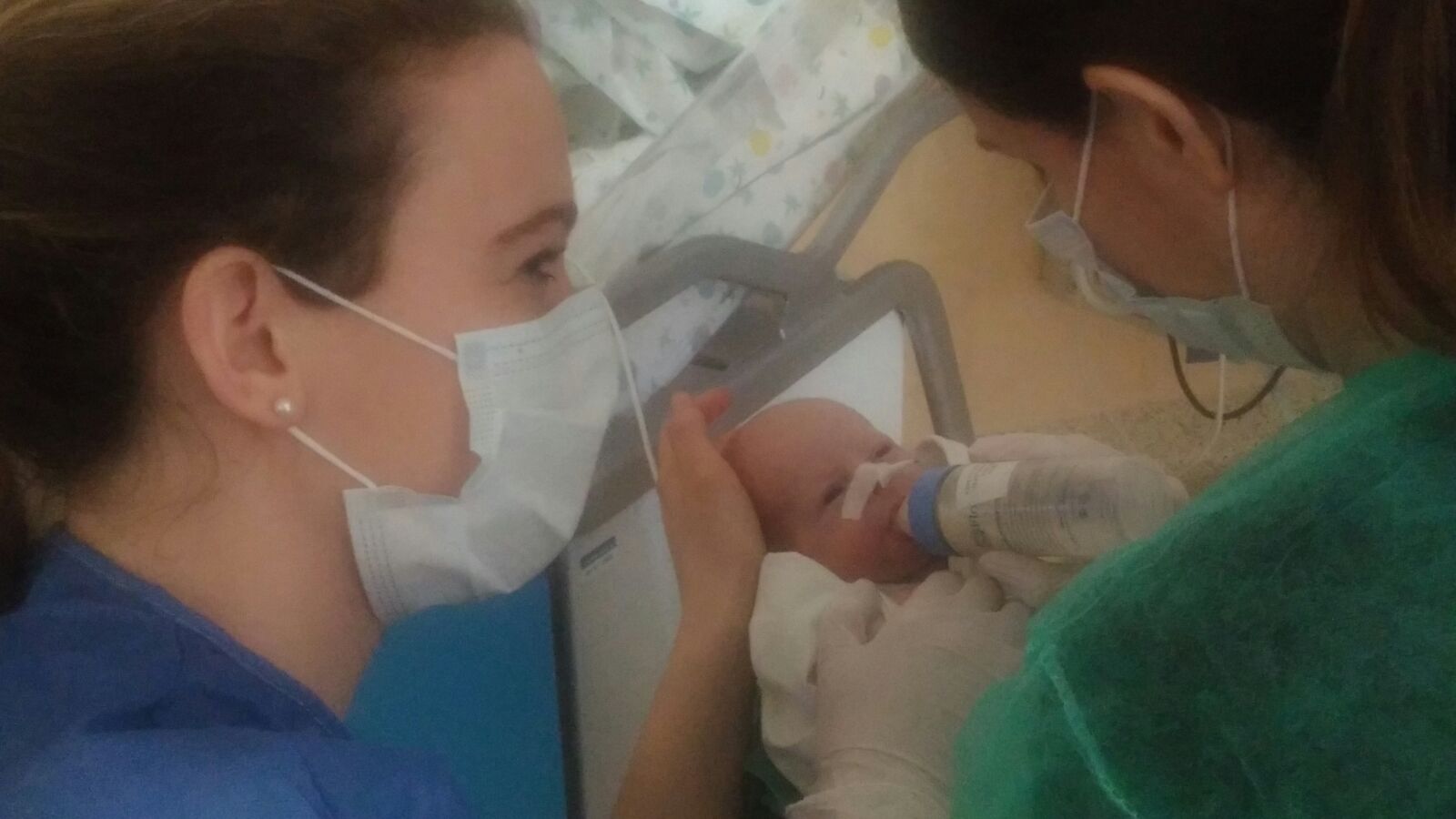
It’s almost a year that the research on the PIOMI stimulation goes on, and the first sensations are encouraging and exciting! Babies, who took part
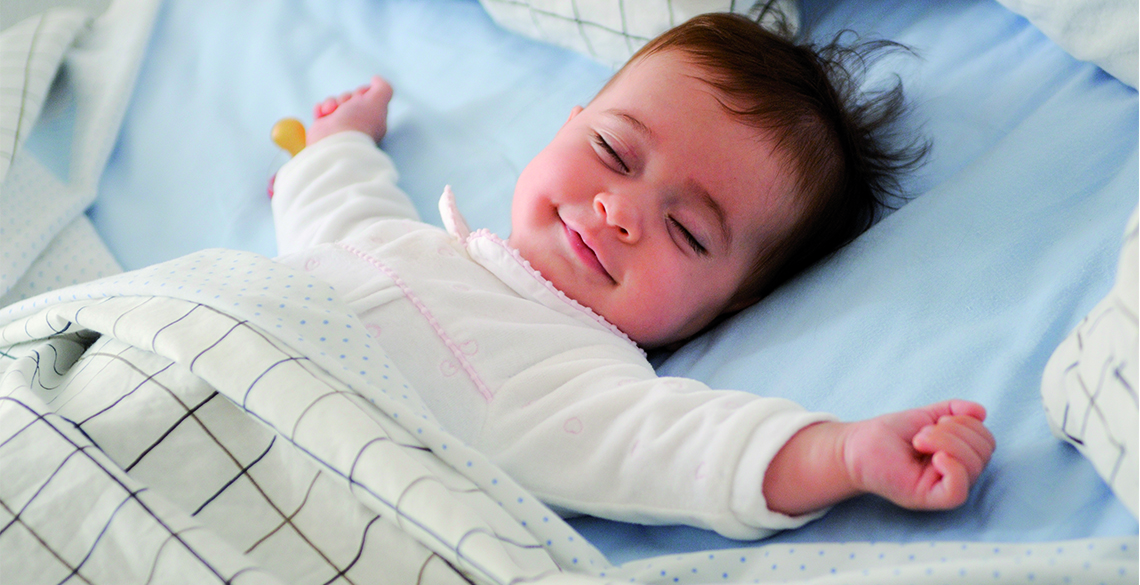
Oral and perioral sensorimotor stimulation to optimize feeding in preterm infants: parent and health professionals role in neonatal intensive care unit Pre-term infants, due to